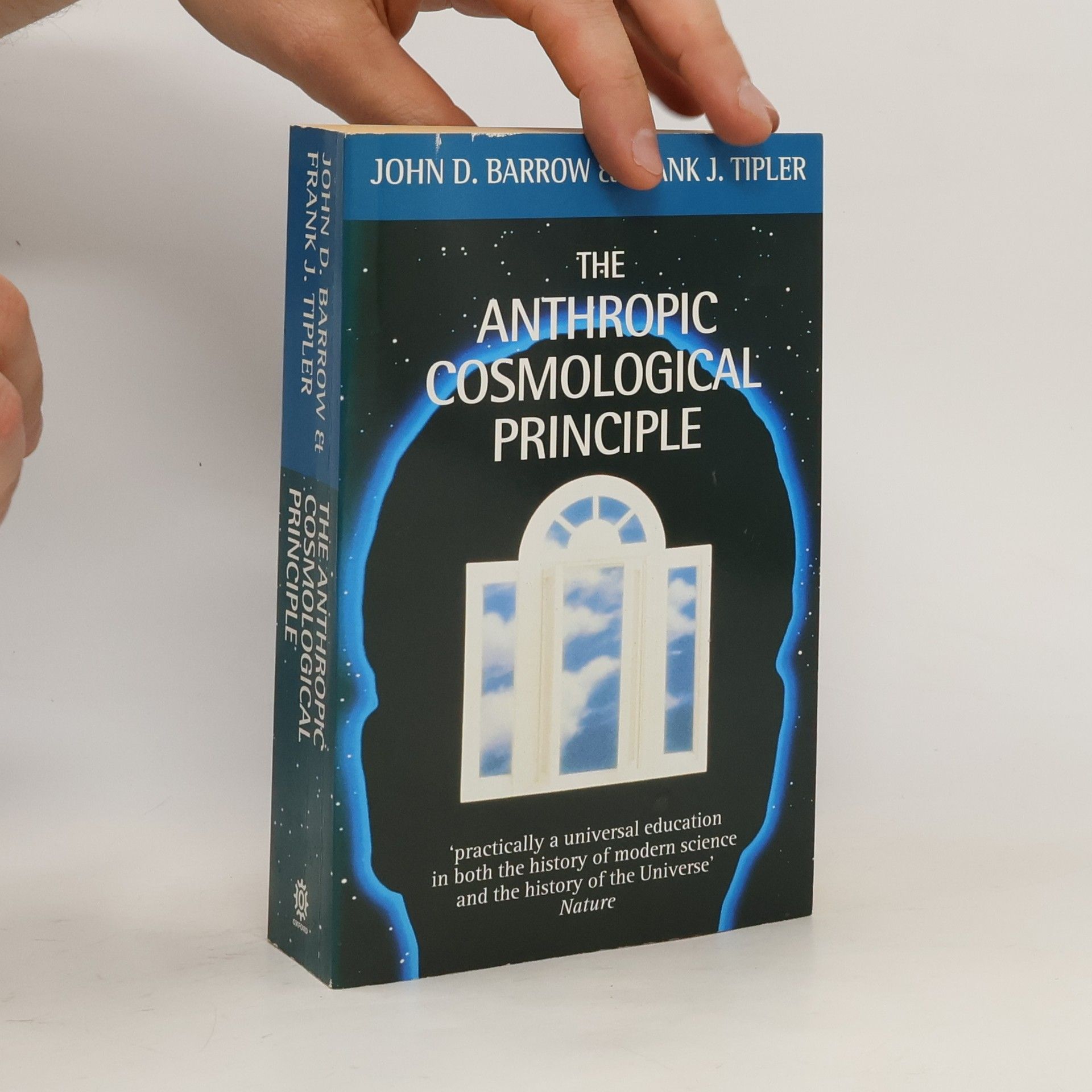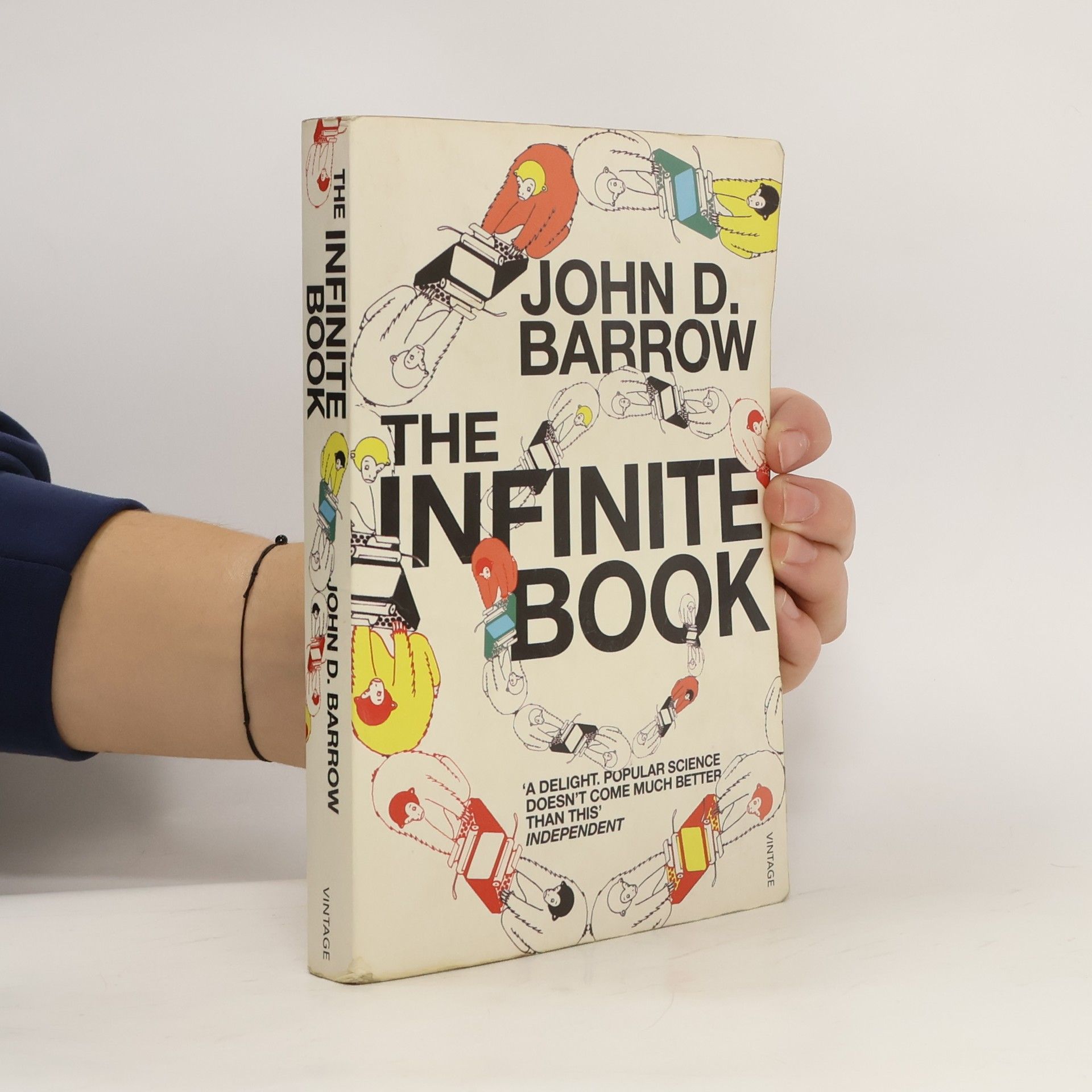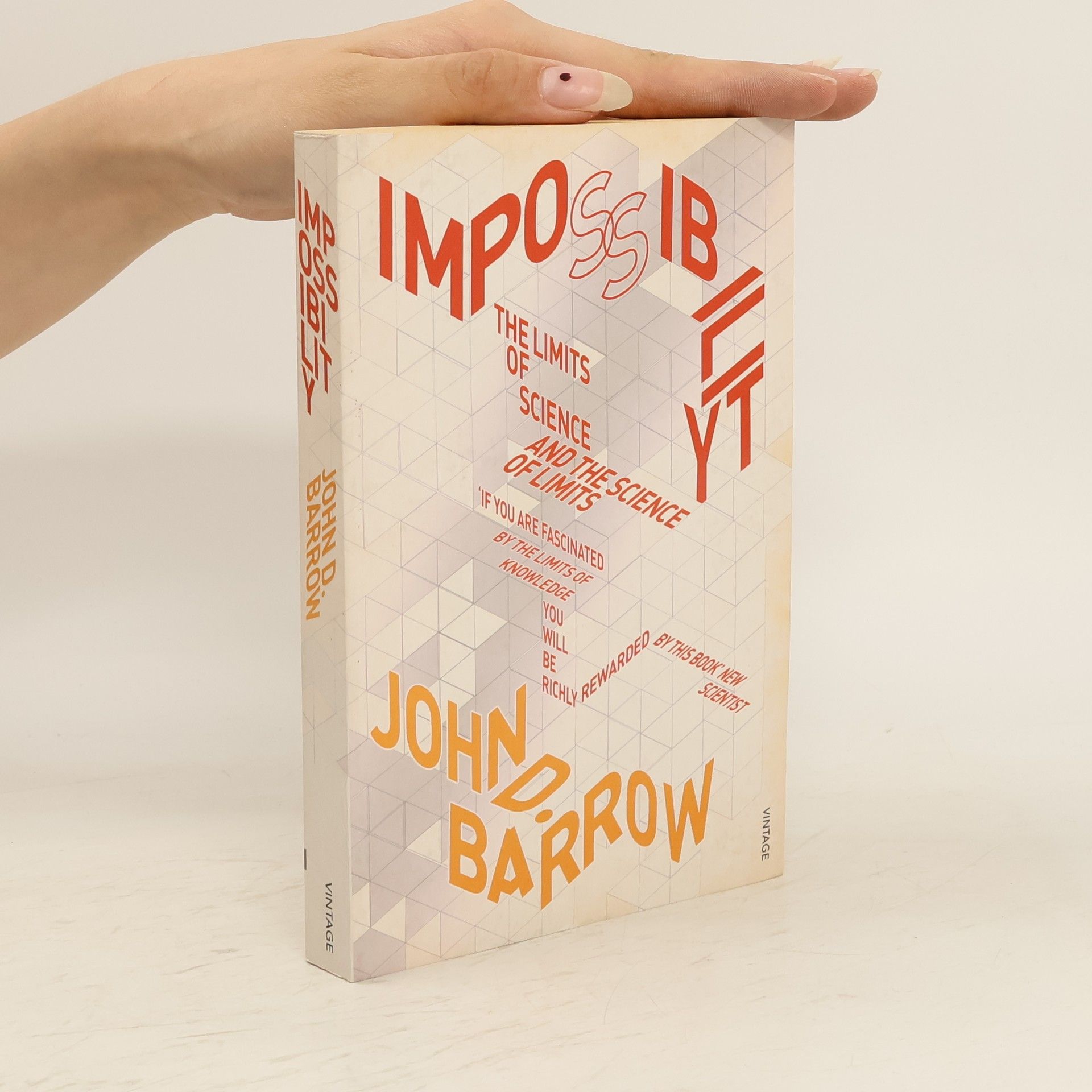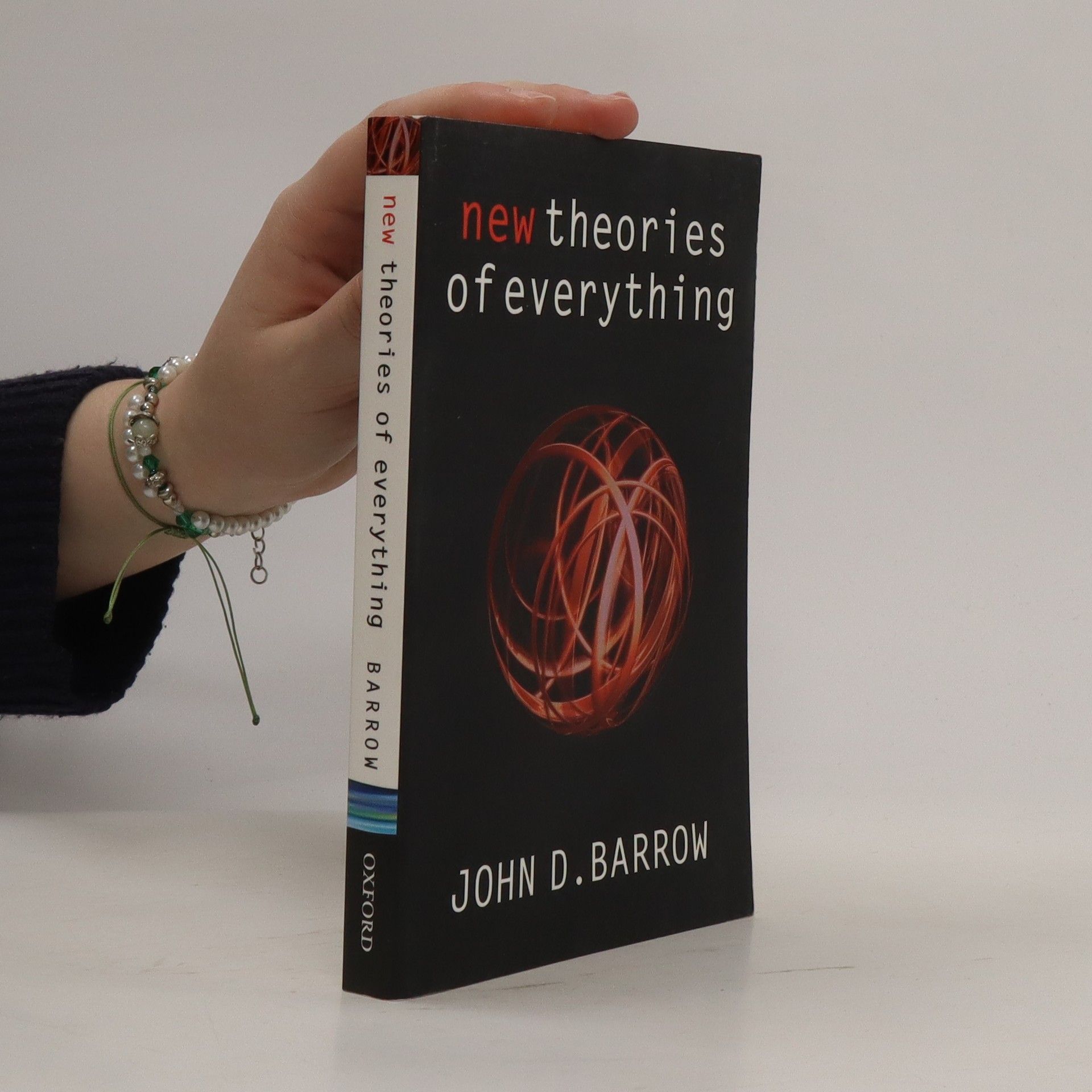In the Art Universe, Barrow examines the intricate connections between our aesthetic appreciation and the fundamental nature of the Universe, challenging the notion that our sense of beauty is entirely unrestrained. He posits that the laws of the Universe, its environments, and its astronomical features subtly influence our thoughts and actions. This leads to questions about our preferences in art and music, the challenges we find in games and puzzles, the common elements in myths and legends, and the origins of the constellations in the night sky. Through an eclectic and engaging exploration, Barrow addresses how the Universe's landscape has shaped philosophy and mythology, alongside millions of years of evolutionary history that have honed our attraction to specific patterns of sound and color. He illuminates human creativity and thought by considering diverse topics such as our instinct for language, the origins of color in Nature, our divisions of time, and the appreciation of landscape painting. Additionally, Barrow questions the existence of intelligent extraterrestrial life, suggesting that the implications of discovering life on other worlds may differ from our expectations. Ultimately, he reveals that certain properties of the Universe crucial for life also significantly influence our psychological and religious responses to the Cosmos.
John D. Barrow Livres
John D. Barrow a exploré les liens profonds entre la vie et l'univers, ainsi que la nature de la compréhension humaine à travers son œuvre. Ses écrits ont offert des perspectives novatrices sur des questions ultimes reliant la science et la religion. Il abordait ces grandes interrogations avec une vision traditionnellement déiste du cosmos. Les contributions intellectuelles de Barrow ont encouragé de nouvelles façons de contempler l'existence.







New Theories of Everything
- 260pages
- 10 heures de lecture
John D. Barrow guides us through the latest concepts emerging in theoretical physics that together form the ingredients of a Theory of Everything, from the M-theory of superstrings, and speculations about the world as a computer program, to novel ideas of self-organisation and new forms of complexity
Impossibility: the Limits of Science and the Science of Limits
- 304pages
- 11 heures de lecture
What can we never do? Barrow looks at what limits there might be to human discovery, and what we might find, ultimately, to be unknowable, undoable, or unthinkable. Science is a big success story, but where will it end? And, indeed, will it end? Weaving together a tapestry of surprises, Barrow explores the frontiers of knowledge. We find that the notion of 'impossibility' has played a striking role in our thinking. Surrealism, impossible figures, time travel, paradoxes of logic and perspectives - all stimulate us to contemplate something more than what is. Using simple explanations, it shows the reader that impossibility is a deep and powerful notion; that any Universe complex enough to contain conscious beings will contain limits on what those beings can know about their Universe; that what we cannot know defines reality as surely as what we can know.
The Infinite Book
- 352pages
- 13 heures de lecture
Is the Universe infinite? Throughout history, the infinite has been a dangerous concept. The Infinite Book will take you on a tour of these dangerous questions and the strange answers that scientists, mathematicians, philosophers and theologians have come up with to deal with its threats to our sanity.
The Book of Universes
- 368pages
- 13 heures de lecture
This is a book about universes. It tells a story that revolves around a single extraordinary fact: that Albert Einstein's famous theory of relativity describes a series of entire universes. Some describe universes that expand in size, while others contract.
Explores the concepts and many implications of the theory that the structure and operation of the universe is determined by the existence of intelligent observers
The Constants of Nature
- 256pages
- 9 heures de lecture
This accessible, entertaining, historical and cutting-edge guide, written by John Barrow, provides a major contribution to our understanding of the universe.
The Constants of Nature
The Numbers That Encode the Deepest Secrets of the Universe
- 368pages
- 13 heures de lecture
The exploration of fundamental constants reveals their crucial role in shaping our universe, as discussed by Cambridge Professor John D. Barrow. He delves into the implications of these constants, referencing renowned physicists like Einstein and Planck, and highlights their stability as essential for our reality. Barrow raises intriguing possibilities about how these forces may have varied in the early universe and could still be evolving. He also speculates on the potential existence of alternate realities governed by different parameters, inviting readers to ponder the nature of existence itself.
100 Essential Things You Didn't Know You Didn't Know
- 256pages
- 9 heures de lecture
'If people do not believe that mathematics is simple,it is only because they do not realize how complicated life is.'John von NeumannMathematics can tell you things about the world that can't be learned in any other way. This hugely informative and wonderfully entertaining little book answers one hundred essential questions about existence. It unravels the knotty, clarifies the conundrums and sheds light into dark corners. From winning the lottery, placing bets at the races and escaping from bears to sports, Shakespeare, Google, game theory, drunks, divorce settlements and dodgy accounting; from chaos to infinity and everything in between, 100 Essential Things You Didn't Know You Didn't Know has all the answers!
There is no more fascinating question in all of science than that of how time, space, and matter began. Now cutting-edge researcher John Barrow guides readers on a journey to the beginning of time. With new insights, he draws us into the latest speculative theories about the nature of time and the inflationary universe, explains wormholes and how they bear upon our existence, and much more.



